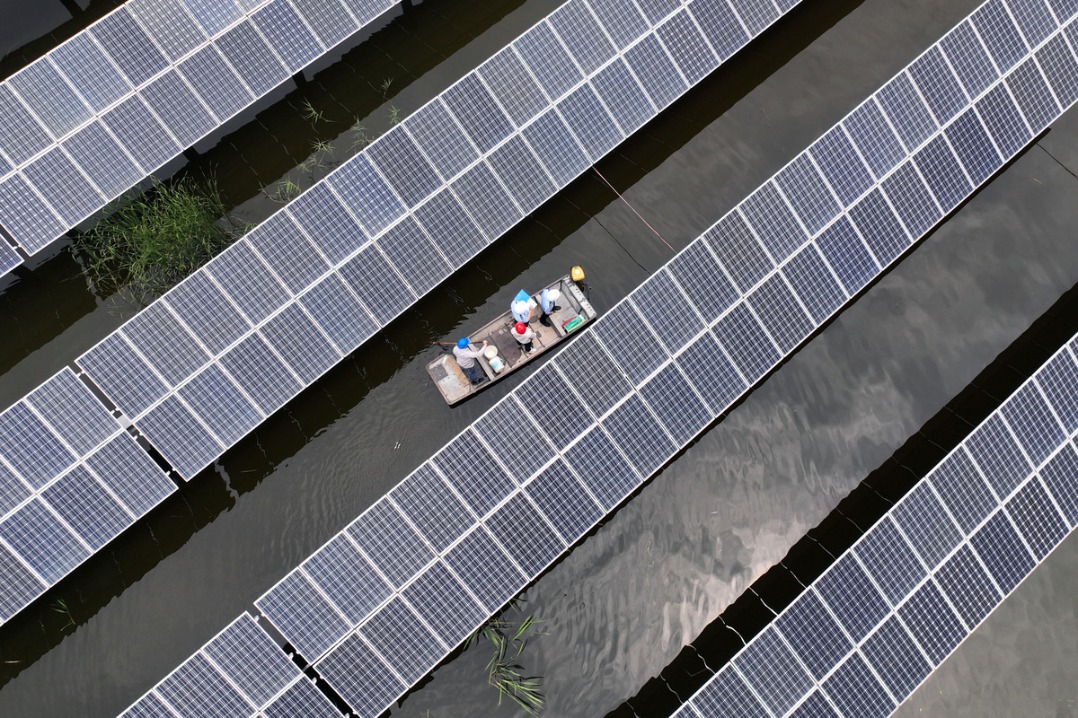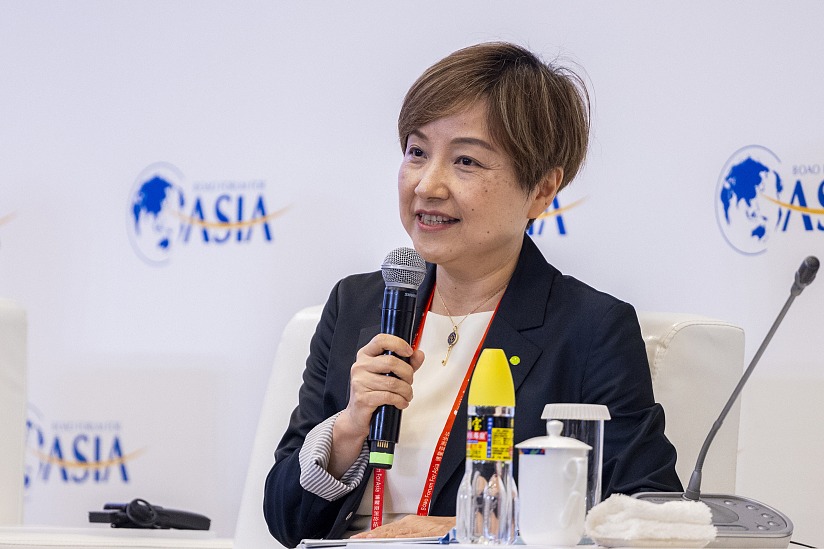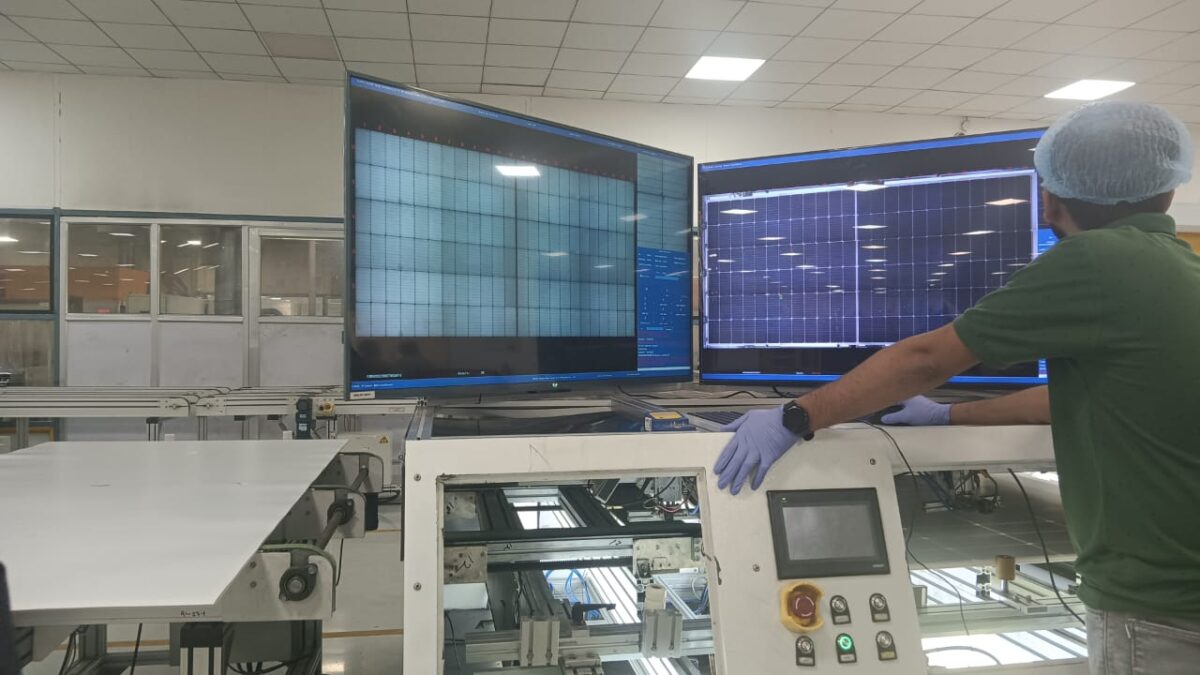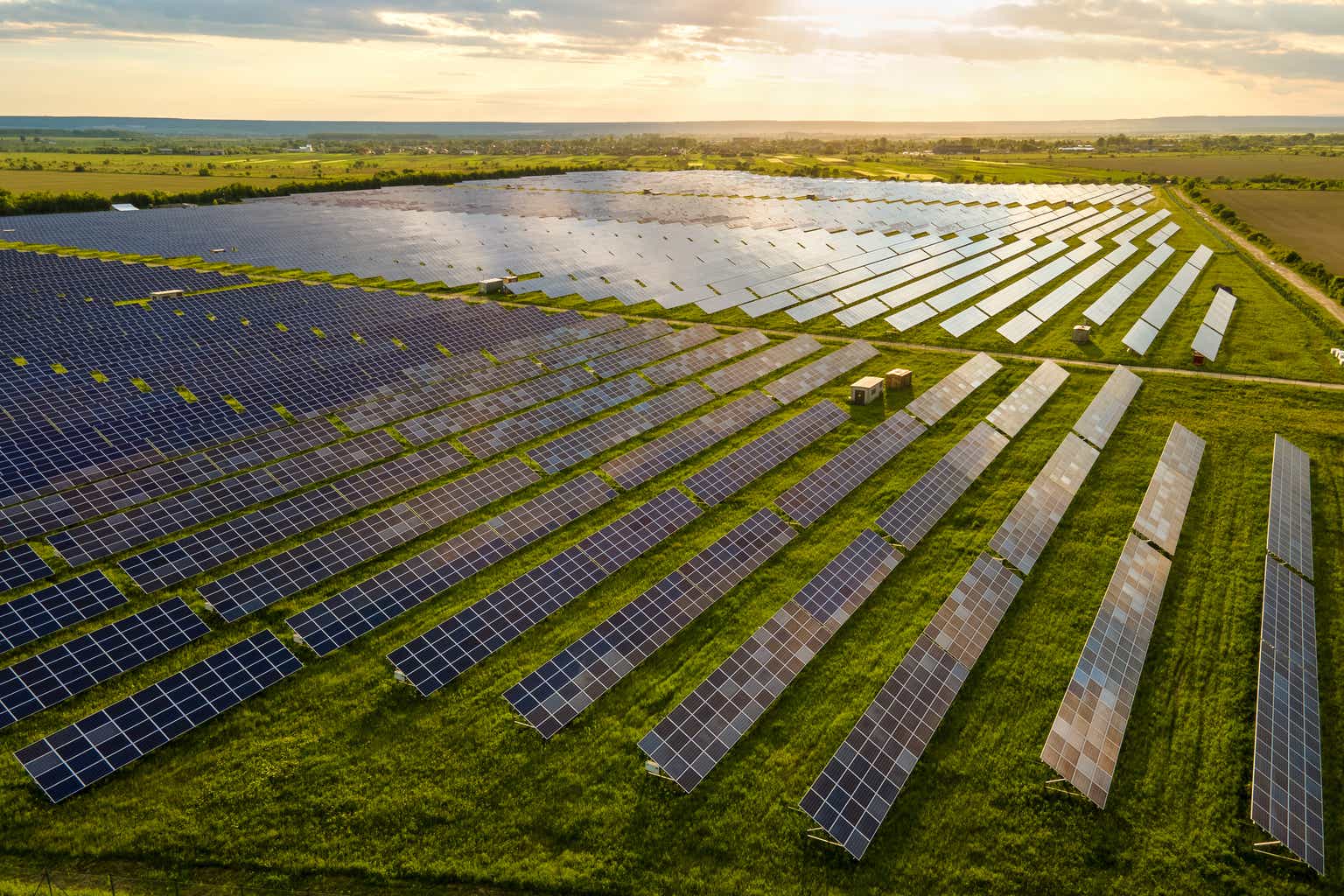China’s rural areas are poised for a solar energy revolution, transforming local landscapes and powering sustainable development, according to national legislators, advisers, and industry experts. The push towards solar energy in rural regions is seen as a crucial step towards achieving national green energy goals.
Solar’s Rapid Growth in Rural China
Solar energy, characterized by zero fuel costs and low maintenance, has experienced significant growth in China’s rural areas in recent years. Longi Green Energy Technology Co. Chairman, Zhong Baoshen, highlights the substantial savings achieved by replacing traditional fuels, making solar power a reliable and affordable solution for local energy needs.
Challenges and Irregularities
Despite the sector’s rapid expansion, Zhong identifies challenges such as inconsistent component quality, insufficient corrosion prevention measures, and a lack of crucial infrastructure like grid connectivity. These irregularities pose risks to the overall construction quality of solar power stations in rural areas, demanding comprehensive national policies for regulatory oversight.
Urgent Need for Comprehensive Policies
Zhong emphasizes the necessity of national-level policies to address regulatory gaps, ensuring the long-term sustainability of rural photovoltaic installations. The absence of a dedicated operational and maintenance framework hinders the effective utilization of solar power in rural areas, urging the formulation of comprehensive policies to develop high-quality standards for photovoltaic projects.
Impressive Growth Figures and Future Prospects
China’s commitment to green development is evident in the impressive growth of distributed photovoltaic capacity. Figures from the National Development and Reform Commission’s energy research institute show a 96.29 gigawatt capacity added last year, an 88% YoY growth. Distributed solar power, especially for family use, constitutes about 55% of China’s newly increased solar power capacity, contributing significantly to peak carbon emissions and carbon neutrality goals.
In addition to reducing fees for self-consumed renewable energy, Zhong suggests expanding the deployment of building-integrated photovoltaics (BIPV), a key element in China’s rooftop solar market with a projected market size of up to ¥40 billion ($5.55 billion) by 2025.
Focused Plans for Rural Areas and Industrial Parks
China’s ambitious plans include covering half of its new public institution buildings with rooftop solar panels by 2025. The commitment extends to actively promoting rooftop solar power installation in rural areas and industrial parks. Experts, including Lin Boqiang from Xiamen University and Zhang Xiaobin from the Shandong Solar Energy Industry Association, express optimism about the potential in China’s rural regions for distributed photovoltaics.
The Guangdong-Hong Kong-Macao Greater Bay Area (GBA) emerges as a dynamic market with enormous potential for distributed solar power development. However, challenges like investment and financing persist, prompting calls for enhanced government coordination, innovative business models, and green financial products to accelerate the GBA’s distributed photovoltaics development.
China’s rural solar journey holds promise, not only for powering communities sustainably but also for contributing significantly to the nation’s broader environmental and energy goals.
Source:chinadaily.com.cn





